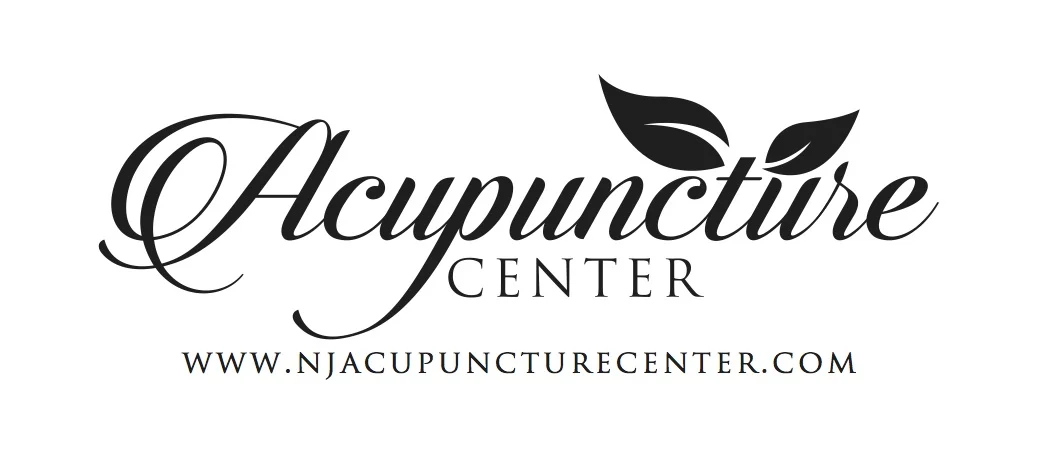College Football Team Using Acupuncture To Stay on the Field
/It’s that time of year—the leaves are changing, the temperatures dropping, pumpkin spice lattes are being drank, and of course football is in high season.
Football is one of the most physically demanding sports for its participants, and it’s understandable that many players are often seeking as many different types of treatments to deal with their injuries and overall pain. And while most college and all professional teams employ big medical staffs that include doctors, trainers, and massage therapists, not too many have a team acupuncturist on staff. Boise State University is one of them.
A few years ago, a player on the Boise State team was dealing with a hamstring issue. The team medical staff had an idea—the player should try acupuncture to see if his injury would heal faster. They called on local licensed acupuncturist Dana Logan.
“They were flying out the next day, and I thought, ‘If this doesn’t work, acupuncture isn’t happening again.’ I had that session to make an impression, and it obviously worked,” Logan recalls.
The treatment was a success, and that that moment was the beginning of a fruitful relationship between the team and Logan. Logan’s treatment regiment isn’t just about helping heal players’ one-off injuries. She has developed treatments that help players with everything from improving range of motion, to properly functioning muscles, to helping players’ bodies be better prepared for post-football life, something we know many former football players struggle with after their playing days are over.
“Acupuncture in football is going to become more and more mainstream,” Logan said. “I think it’s awesome Boise State is ahead of it and has given it a chance.”
Many individual athletes utilize acupuncture to help stay on the field. As acupuncture gets more popular, there’s no doubt that more teams and organizations will encourage their players to seek it out.



